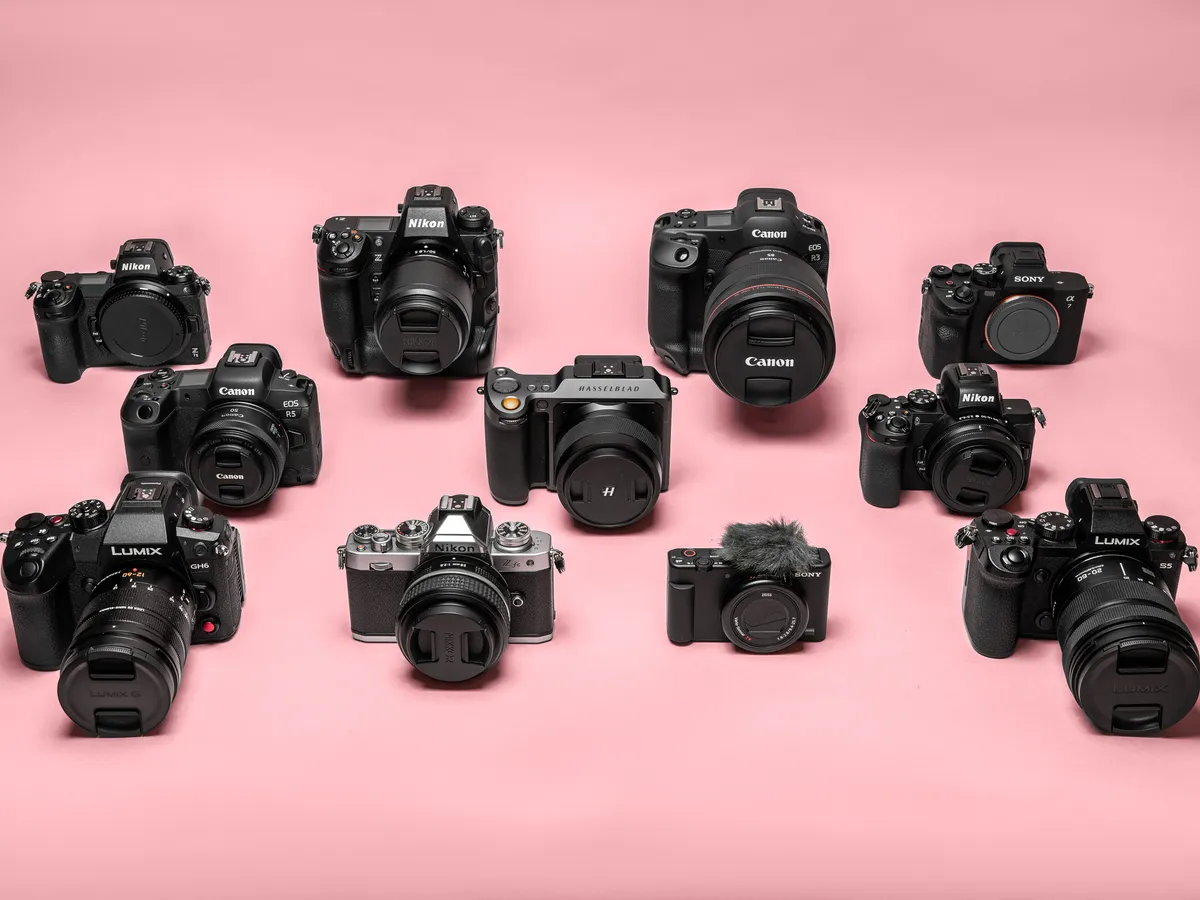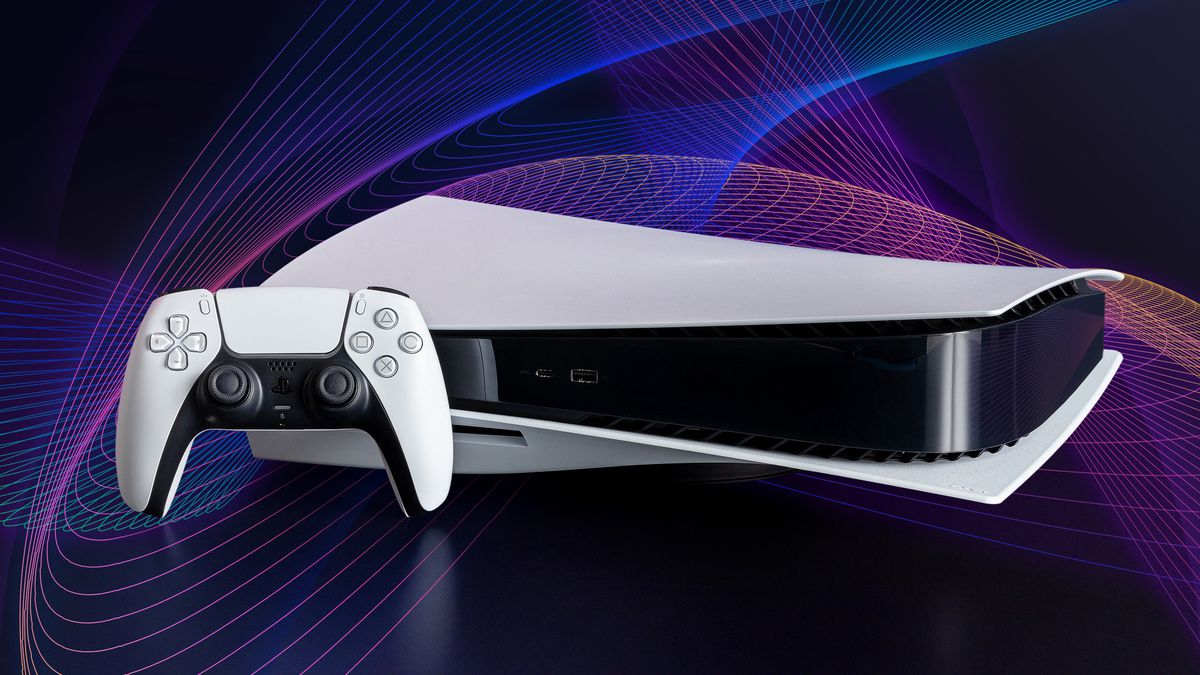Google Pixel smartphones have become synonymous with exceptional photography, seamless integration of Google’s ecosystem, and a pure Android experience. In this article, we’ll delve into what makes Google Pixel phones stand out in a crowded market and why they continue to captivate tech enthusiasts worldwide.
Photography Pioneers
Google Pixel phones have redefined smartphone photography with their camera technology. The integration of AI and computational photography has set Pixel devices apart. Features like Night Sight, Super Res Zoom, and Top Shot have become industry benchmarks. Google’s commitment to improving photography through software updates means that Pixel users consistently enjoy enhanced camera capabilities, even with older models. From stunning low-light shots to vibrant portrait photos, Google Pixel has made everyone a capable photographer.
The Pure Android Experience
One of the hallmarks of Google Pixel phones is their stock Android experience. Unlike many other manufacturers, Google delivers timely updates and security patches directly to Pixel devices. This not only ensures that users have the latest features and security but also guarantees a clean, bloatware-free interface. Pixel phones are often the first to receive Android OS updates, offering a glimpse of the future of Android to the rest of the smartphone world.
Seamless Integration with Google Services
Google Pixel devices seamlessly integrate with Google’s suite of services. From Google Assistant’s exceptional AI capabilities to Google Photos’ unlimited storage for photos and videos, owning a Pixel phone feels like being at the epicenter of Google’s ecosystem. The tight integration of hardware and software ensures that Google Pixel users get the most out of Google’s innovative tools and services.
In Conclusion
Google Pixel phones are a testament to Google’s commitment to innovation, photography, and the Android platform. They have set a new standard for smartphone photography, delivering exceptional photos through the power of AI. The pure Android experience, timely updates, and seamless integration with Google services make Google Pixel phones a compelling choice for those who crave a premium, yet user-friendly smartphone experience. As Google continues to push the boundaries of technology, it’s safe to say that the magic of Pixel phones will continue to enchant users for years to come.


